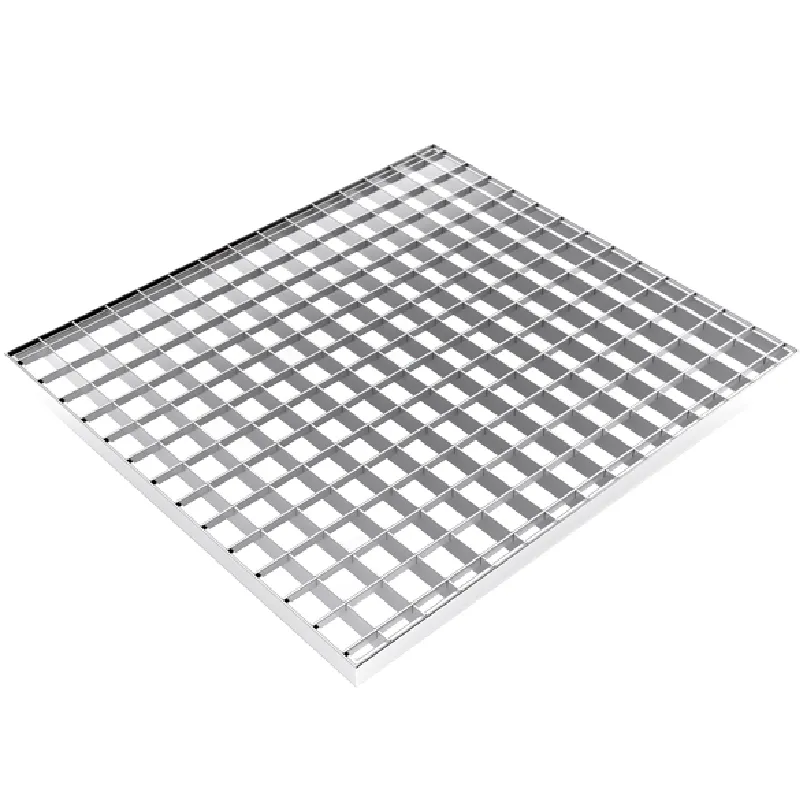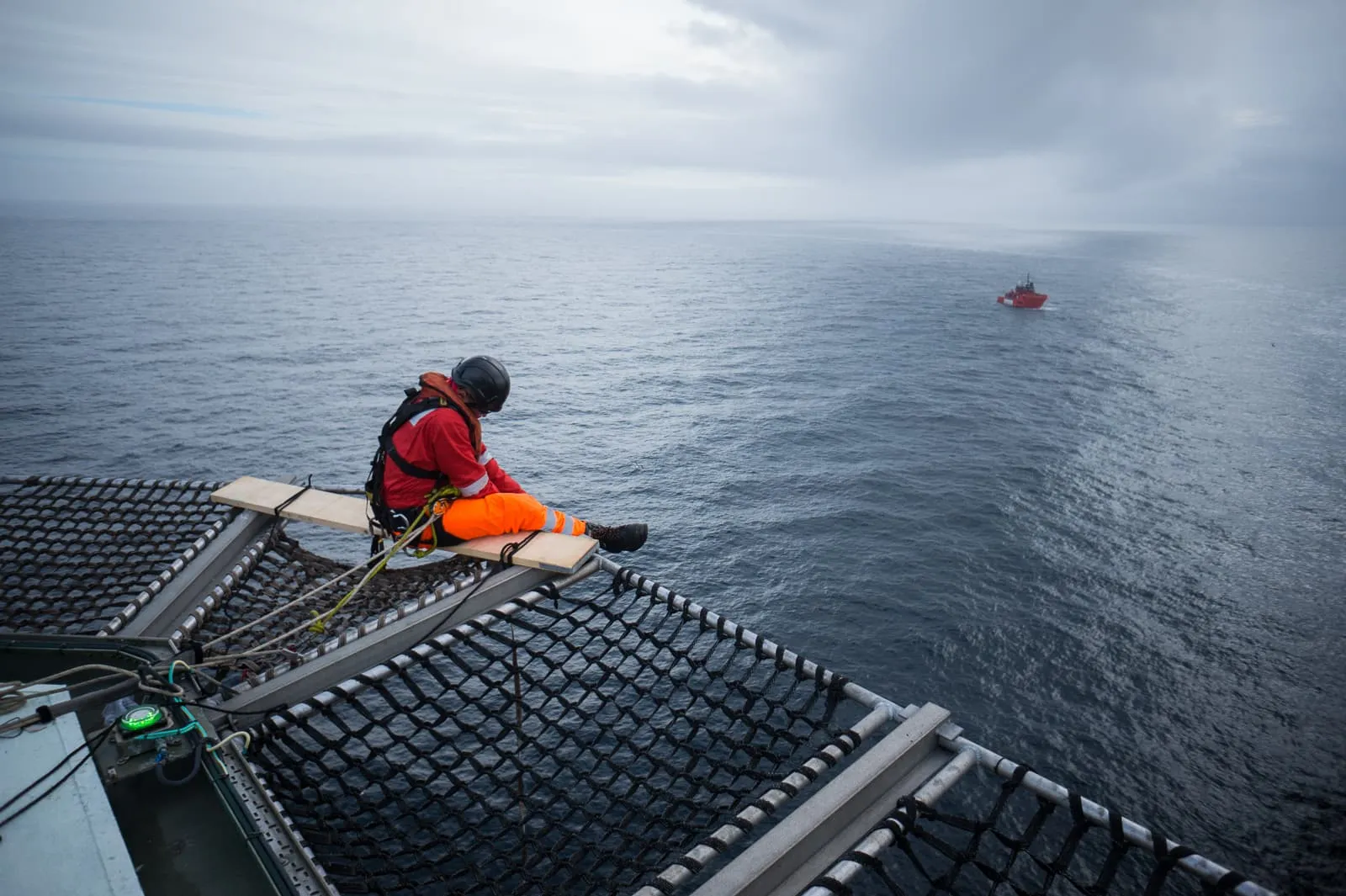- Industrial zone, South of Anping Town, Hengshui, Hebei, China.
- sales@hfpetromesh.com
- +86-18931809706
 Afrikaans
Afrikaans  Albanian
Albanian  Amharic
Amharic  Arabic
Arabic  Armenian
Armenian  Azerbaijani
Azerbaijani  Basque
Basque  Belarusian
Belarusian  Bengali
Bengali  Bosnian
Bosnian  Bulgarian
Bulgarian  Catalan
Catalan  Cebuano
Cebuano  Corsican
Corsican  Croatian
Croatian  Czech
Czech  Danish
Danish  Dutch
Dutch  English
English  Esperanto
Esperanto  Estonian
Estonian  Finnish
Finnish  French
French  Frisian
Frisian  Galician
Galician  Georgian
Georgian  German
German  Greek
Greek  Gujarati
Gujarati  Haitian Creole
Haitian Creole  hausa
hausa  hawaiian
hawaiian  Hebrew
Hebrew  Hindi
Hindi  Miao
Miao  Hungarian
Hungarian  Icelandic
Icelandic  igbo
igbo  Indonesian
Indonesian  irish
irish  Italian
Italian  Japanese
Japanese  Javanese
Javanese  Kannada
Kannada  kazakh
kazakh  Khmer
Khmer  Rwandese
Rwandese  Korean
Korean  Kurdish
Kurdish  Kyrgyz
Kyrgyz  Lao
Lao  Latin
Latin  Latvian
Latvian  Lithuanian
Lithuanian  Luxembourgish
Luxembourgish  Macedonian
Macedonian  Malgashi
Malgashi  Malay
Malay  Malayalam
Malayalam  Maltese
Maltese  Maori
Maori  Marathi
Marathi  Mongolian
Mongolian  Myanmar
Myanmar  Nepali
Nepali  Norwegian
Norwegian  Norwegian
Norwegian  Occitan
Occitan  Pashto
Pashto  Persian
Persian  Polish
Polish  Portuguese
Portuguese  Punjabi
Punjabi  Romanian
Romanian  Russian
Russian  Samoan
Samoan  Scottish Gaelic
Scottish Gaelic  Serbian
Serbian  Sesotho
Sesotho  Shona
Shona  Sindhi
Sindhi  Sinhala
Sinhala  Slovak
Slovak  Slovenian
Slovenian  Somali
Somali  Spanish
Spanish  Sundanese
Sundanese  Swahili
Swahili  Swedish
Swedish  Tagalog
Tagalog  Tajik
Tajik  Tamil
Tamil  Tatar
Tatar  Telugu
Telugu  Thai
Thai  Turkish
Turkish  Turkmen
Turkmen  Ukrainian
Ukrainian  Urdu
Urdu  Uighur
Uighur  Uzbek
Uzbek  Vietnamese
Vietnamese  Welsh
Welsh  Bantu
Bantu  Yiddish
Yiddish  Yoruba
Yoruba  Zulu
Zulu
- Afrikaans
- Albanian
- Amharic
- Arabic
- Armenian
- Azerbaijani
- Basque
- Belarusian
- Bengali
- Bosnian
- Bulgarian
- Catalan
- Cebuano
- Corsican
- Croatian
- Czech
- Danish
- Dutch
- English
- Esperanto
- Estonian
- Finnish
- French
- Frisian
- Galician
- Georgian
- German
- Greek
- Gujarati
- Haitian Creole
- hausa
- hawaiian
- Hebrew
- Hindi
- Miao
- Hungarian
- Icelandic
- igbo
- Indonesian
- irish
- Italian
- Japanese
- Javanese
- Kannada
- kazakh
- Khmer
- Rwandese
- Korean
- Kurdish
- Kyrgyz
- Lao
- Latin
- Latvian
- Lithuanian
- Luxembourgish
- Macedonian
- Malgashi
- Malay
- Malayalam
- Maltese
- Maori
- Marathi
- Mongolian
- Myanmar
- Nepali
- Norwegian
- Norwegian
- Occitan
- Pashto
- Persian
- Polish
- Portuguese
- Punjabi
- Romanian
- Russian
- Samoan
- Scottish Gaelic
- Serbian
- Sesotho
- Shona
- Sindhi
- Sinhala
- Slovak
- Slovenian
- Somali
- Spanish
- Sundanese
- Swahili
- Swedish
- Tagalog
- Tajik
- Tamil
- Tatar
- Telugu
- Thai
- Turkish
- Turkmen
- Ukrainian
- Urdu
- Uighur
- Uzbek
- Vietnamese
- Welsh
- Bantu
- Yiddish
- Yoruba
- Zulu
Competitive Steel Grating Price Per Sq M Durable & Affordable
- Fundamentals of pricing for steel grating materials
- Technical advantages influencing structural value
- Comparative manufacturer analysis with data metrics
- Custom engineering solutions and cost variables
- Industrial application case studies
- Weight considerations and logistic impacts
- Strategic purchasing for cost efficiency

(steel grating price per square meter)
Breaking Down Steel Grating Price Per Square Meter
Understanding steel grating pricing requires analyzing multiple variables that affect per-square-meter costs. Material composition forms the primary cost driver, with stainless steel variants commanding 35-50% premiums over standard carbon steel due to superior corrosion resistance. Production techniques like press-locking, welding, or riveting alter manufacturing expenses by 15-25%. Surface treatments including galvanization typically add $3-8/m² but extend service life by 20+ years. Industry data indicates raw material fluctuations cause quarterly price volatility between 5-12%, making bulk purchasing during stable periods advantageous. Load-bearing specifications dramatically impact expenses - grating rated for 5-ton forklift traffic can cost 60% more than pedestrian-grade equivalents.
Technical Advantages and Material Innovation
Modern manufacturing technologies enhance grating performance while optimizing cost-efficiency. Serrated surfaces provide slip resistance comparable to textured concrete at 45% less weight, reducing structural support requirements. Novel coating systems like duplex galvanization create zinc barriers exceeding 100 microns, tripling maintenance cycles compared to standard coatings. Bearing bar optimization software reduces steel usage by 18-32% while maintaining load ratings, directly affecting material costs per square meter. Industry-leading grating systems now offer modular interlocking designs that accelerate installation by 70%, translating to project savings of $25-40/m² on labor-intensive sites.
Manufacturer Comparison and Industry Pricing Benchmarks
| Manufacturer | Material Grade | Price/Sq Meter | Weight/Sq Foot | Load Capacity | Lead Time |
|---|---|---|---|---|---|
| SteelCore International | Galvanized ASTM A36 | $58-72 | 9.2 lbs | H-20 | 2 weeks |
| DuraGrate Systems | Stainless 304 | $126-155 | 12.7 lbs | H-25 | 3 weeks |
| BridgeGrid Engineering | Carbon Steel | $45-63 | 8.4 lbs | H-16 | 5 days |
| MarineGuard Solutions | Aluminum 6061-T6 | $85-110 | 4.1 lbs | H-10 | 10 days |
This comparison reveals significant market variations where premium materials command 120-200% cost increases over basic options. Stainless steel's higher initial steel grating price per square meter
becomes economically viable in corrosive environments, where lifecycle costs show 40-60% savings over 15-year periods.
Custom Fabrication and Specification Variables
Customization impacts steel grating cost per square foot through multiple engineering parameters. Unique panel dimensions beyond standard 1m×3m sizes incur 22-30% fabrication premiums. Special cutouts for utilities increase processing time and material waste factors by 15-28%. Anti-vibration solutions using friction-grip fasteners add $4-11/sf to installations. Case-specific requirements like explosion-proof certifications or seismic reinforcement further elevate costs. Recent projects demonstrate how phased purchasing of custom grating can reduce expenses - ordering standardized elements immediately while delaying specialty components until critical dimensions are confirmed often yields 18-25% savings.
Industrial Application Performance Data
Refinery installations using stainless steel grating at $142/m² reported zero replacements after 12 years of chemical exposure, while galvanized alternatives at $64/m² required 60% replacement within 7 years. Wastewater treatment facilities documented how optimized weight of steel grating per square foot at 8.7 lbs decreased structural steel requirements by 28 tons on average. Construction projects utilizing pre-fabricated grating systems accelerated platform completion by 40%, reducing $120/sf labor expenses. These metrics validate investing in appropriate specifications rather than minimizing immediate costs.
Weight Considerations and Economic Tradeoffs
The weight of steel grating per square foot substantially influences installation logistics and secondary costs. Standard carbon grating (9.5-11.5 lbs/sf) requires specialized lifting equipment for elevated installations, adding $5-8/sf in rigging expenses. Aluminum alternatives at 4.2 lbs/sf reduce structural reinforcement requirements by up to 45%, yielding net savings despite higher material costs. Engineering studies demonstrate that exceeding necessary load ratings by more than 25% wastes $11-17/sf across structural systems. For transportation, optimized panelization can reduce shipping volume by 30%, creating freight savings that offset 4-7% of material expenses.
Strategic Approach to Steel Grating Cost Per Square Foot
Optimizing steel grating cost per square foot requires technical analysis extending beyond basic material rates. Consider galvanization thickness versus environmental classifications - Class I coating costs only $1.25/sf more than standard zinc coatings but lasts 40% longer in moderate salinity conditions. Project-specific variables like accessibility constraints can make lighter materials economically viable despite higher steel grating price per square meter. Budget allocation should prioritize critical performance areas: industrial facilities typically benefit from allocating 60-75% of grating budgets to superior corrosion resistance while reducing expenditure on unnecessary load capacities. Bulk purchasing programs can secure steel grating price per square meter at 5-15% below spot market rates when ordered alongside complementary structural components.

(steel grating price per square meter)
FAQS on steel grating price per square meter
以下是5组围绕核心关键词的FAQ问答,采用HTML富文本格式:Q: What is the average steel grating price per square meter?
A: Standard galvanized steel grating typically costs $80-$150 per square meter. Prices fluctuate based on material thickness and finish. Always request current quotes from suppliers.
Q: How does steel grating weight per square foot affect pricing?
A: Heavier grating (3-5 lbs per sq ft) commands higher prices due to increased steel content. Weight impacts shipping and installation expenses. Thinner grating (1-2 lbs per sq ft) offers cost savings.
Q: What factors influence steel grating cost per square foot?
A: Key factors include steel grade, grating type (welded or press-locked), and surface treatment. Load capacity requirements and custom sizing also significantly impact final costs. Bulk orders typically reduce per-unit expenses.
Q: Can I estimate steel grating price based on weight per square meter?
A: Yes, pricing often correlates with weight (kg/m²). Heavy-duty grating (30+ kg/m²) costs 20-30% more than lightweight options. Combine weight specifications with current steel market rates for accurate estimates.
Q: Why is steel grating priced differently per square meter vs square foot?
A: Square meter pricing simplifies international transactions, while square foot measurements prevail in US markets. Material costs per sq meter ($80-$150) convert to $7-$14 per sq ft. Manufacturing processes remain identical regardless of unit.
-
Why Our Shaker Screen for Sale Stands Out in Every ApplicationNewsAug.08,2025
-
Unmatched Efficiency with Premium Shale Shaker Screen TechnologyNewsAug.08,2025
-
Reliable, Durable, and Cost-Effective: Press Locked Steel Grating SolutionsNewsAug.08,2025
-
Precision Strength with Welded Steel Bar GratingNewsAug.08,2025
-
Perimeter Safety Netting: The High-Strength Shield for Elevated Safety SolutionsNewsAug.08,2025
-
Maximize Performance with Steel Walkway GratingNewsAug.08,2025